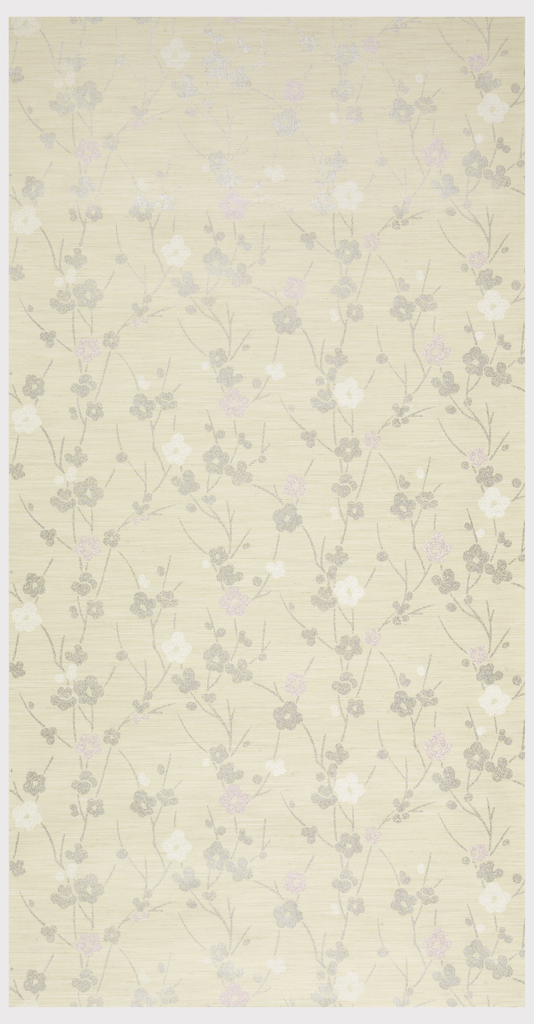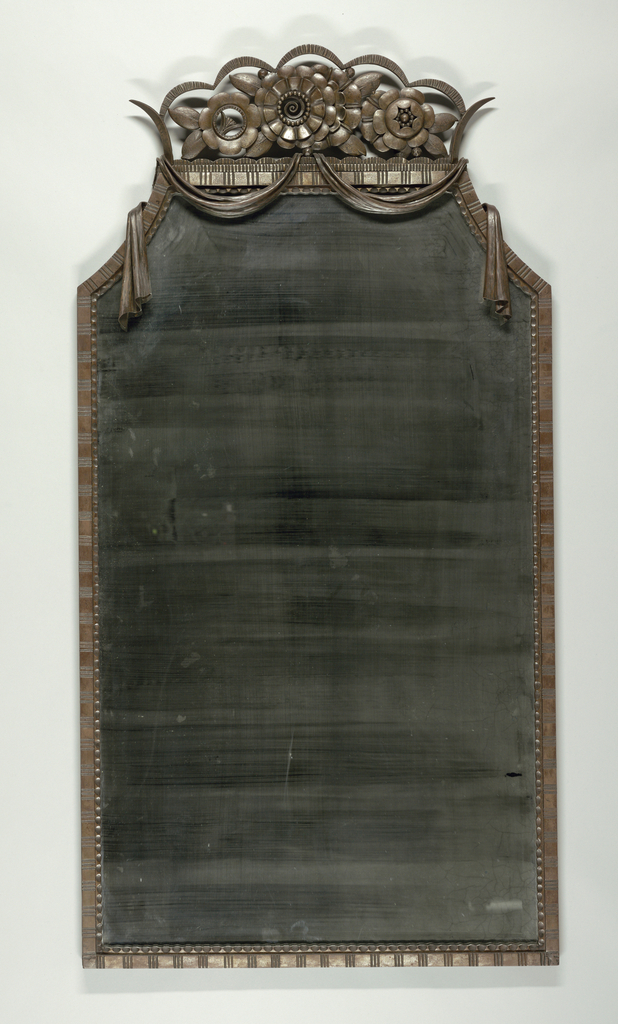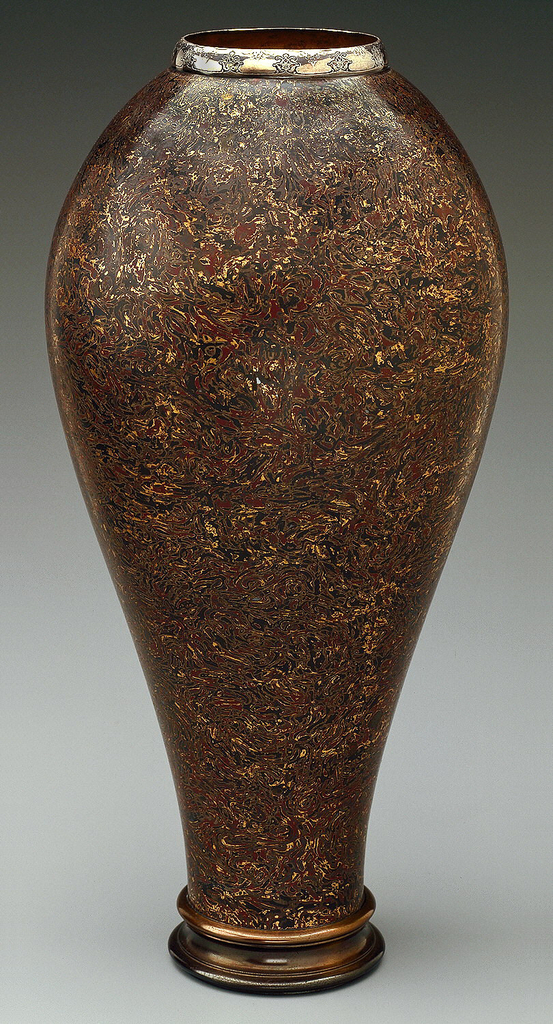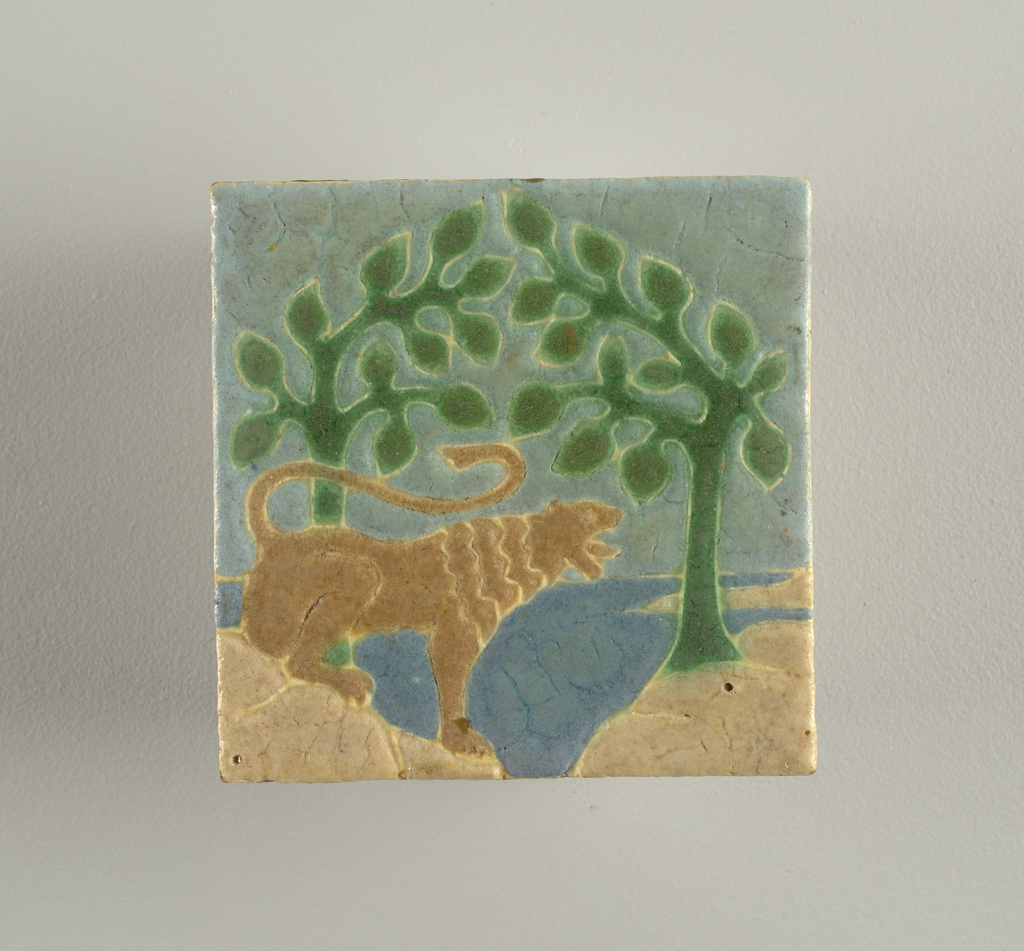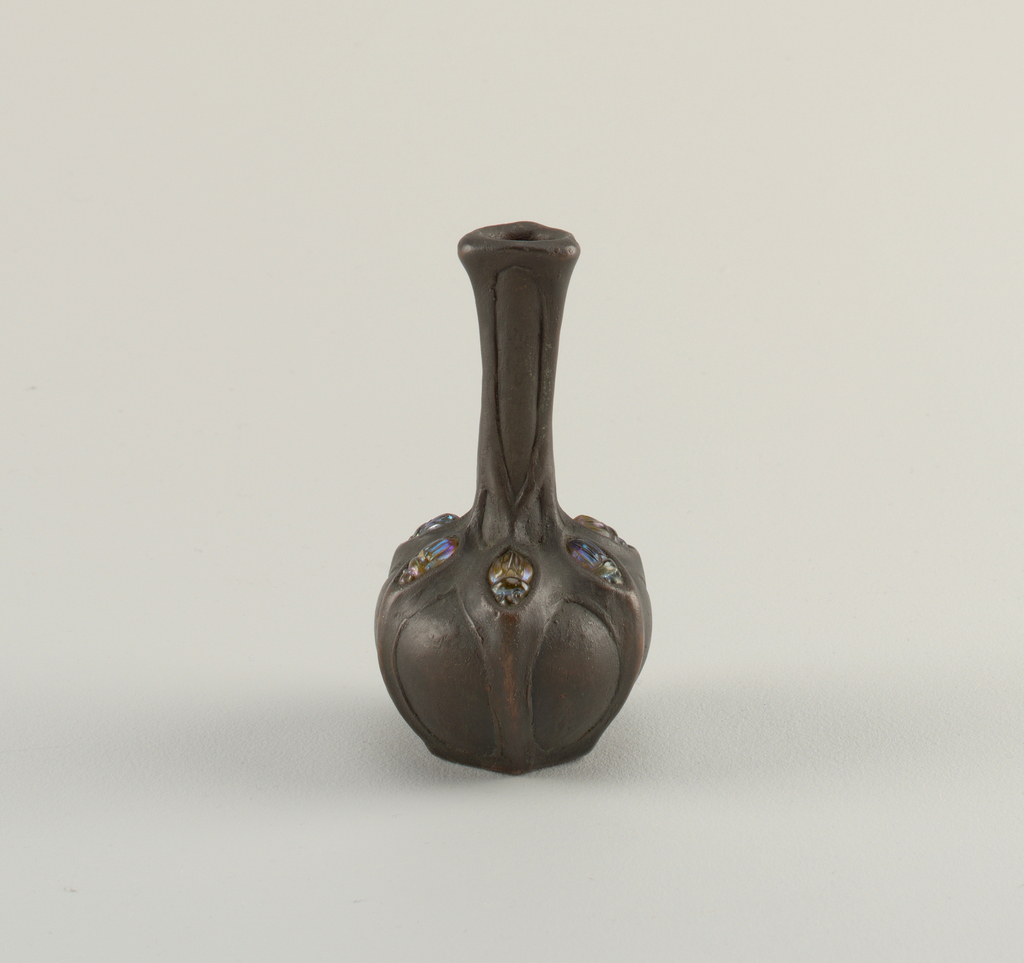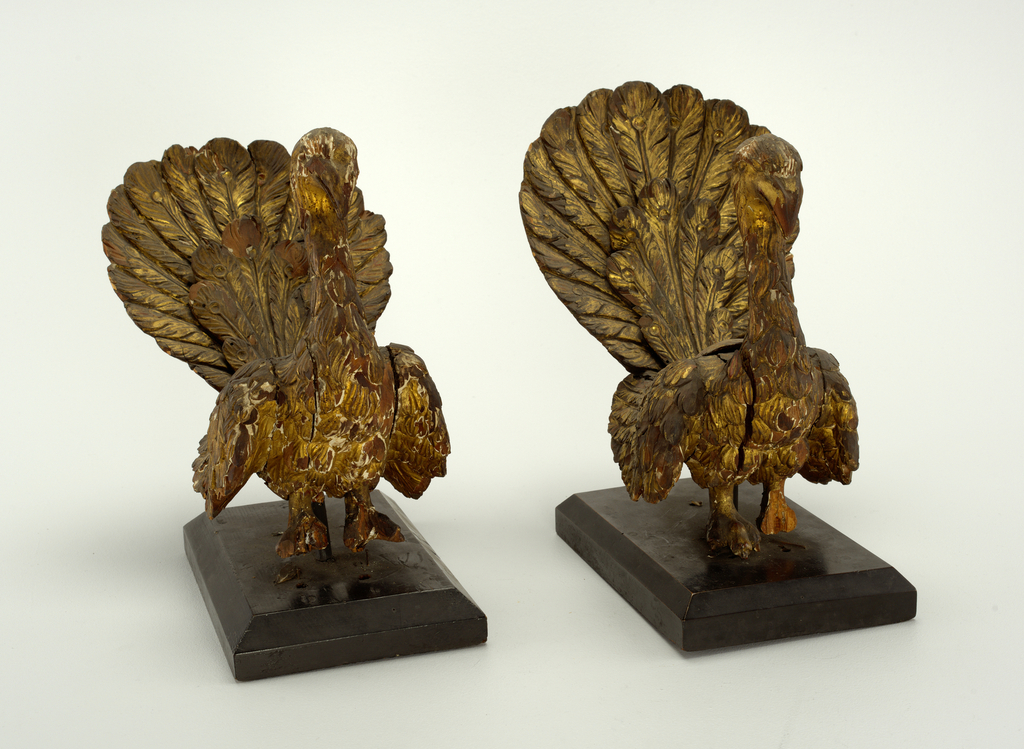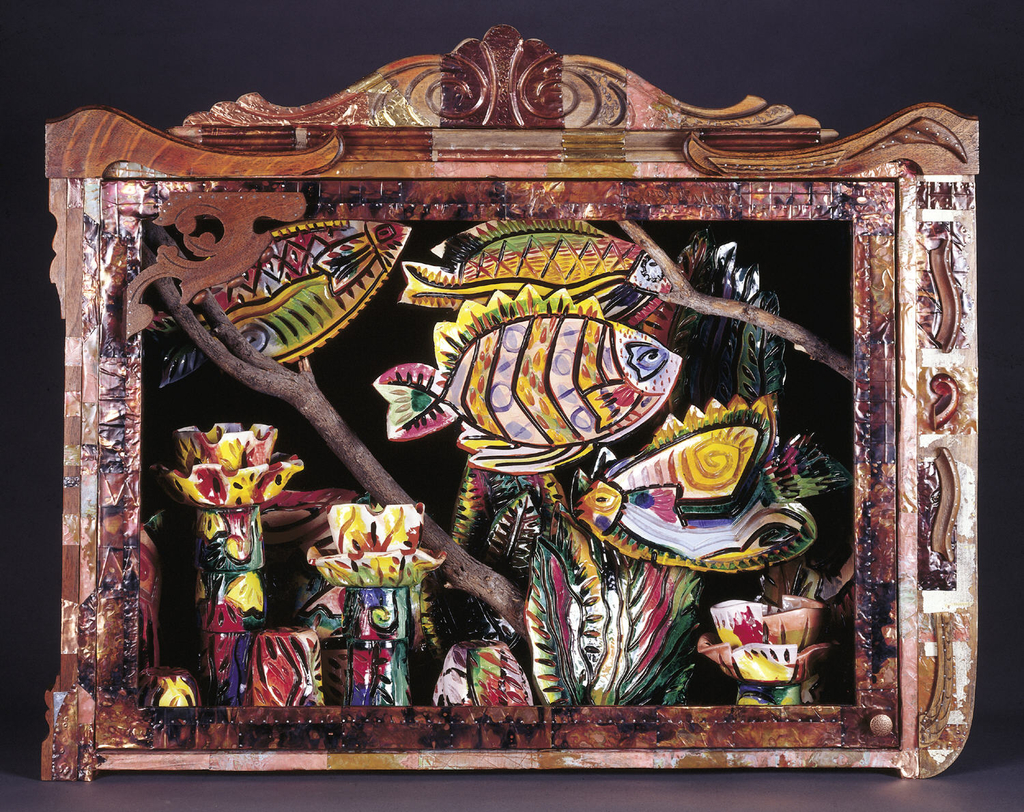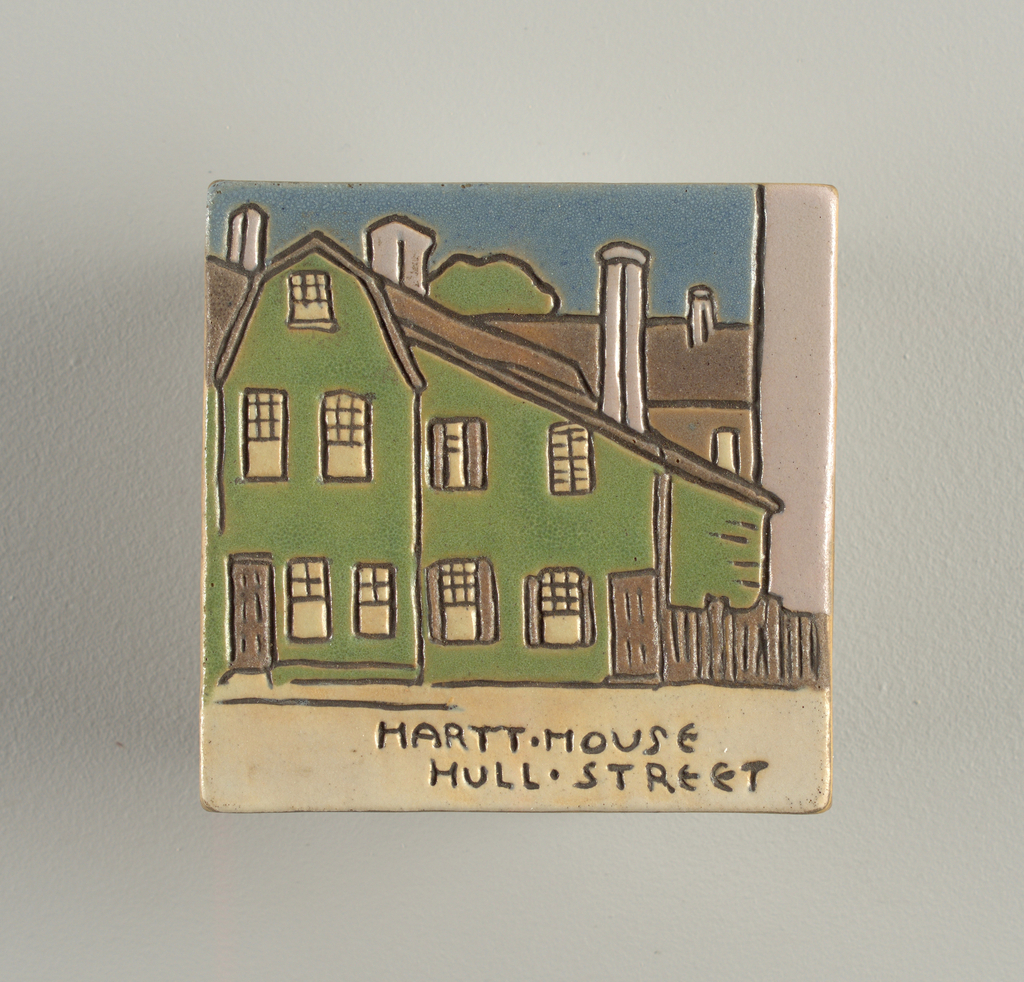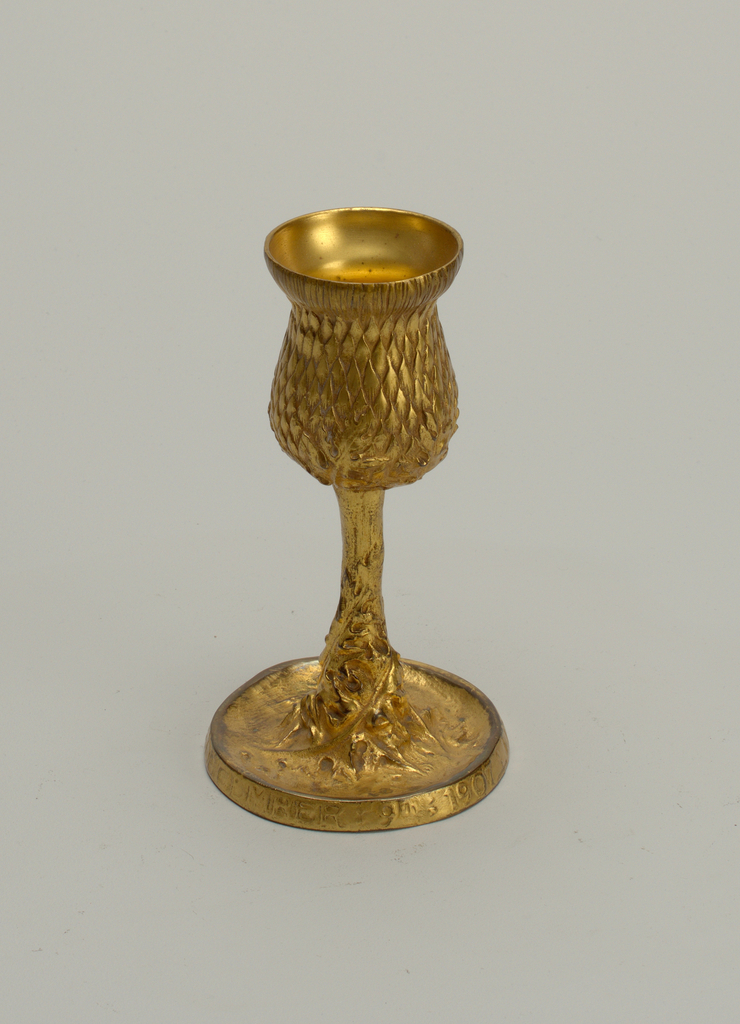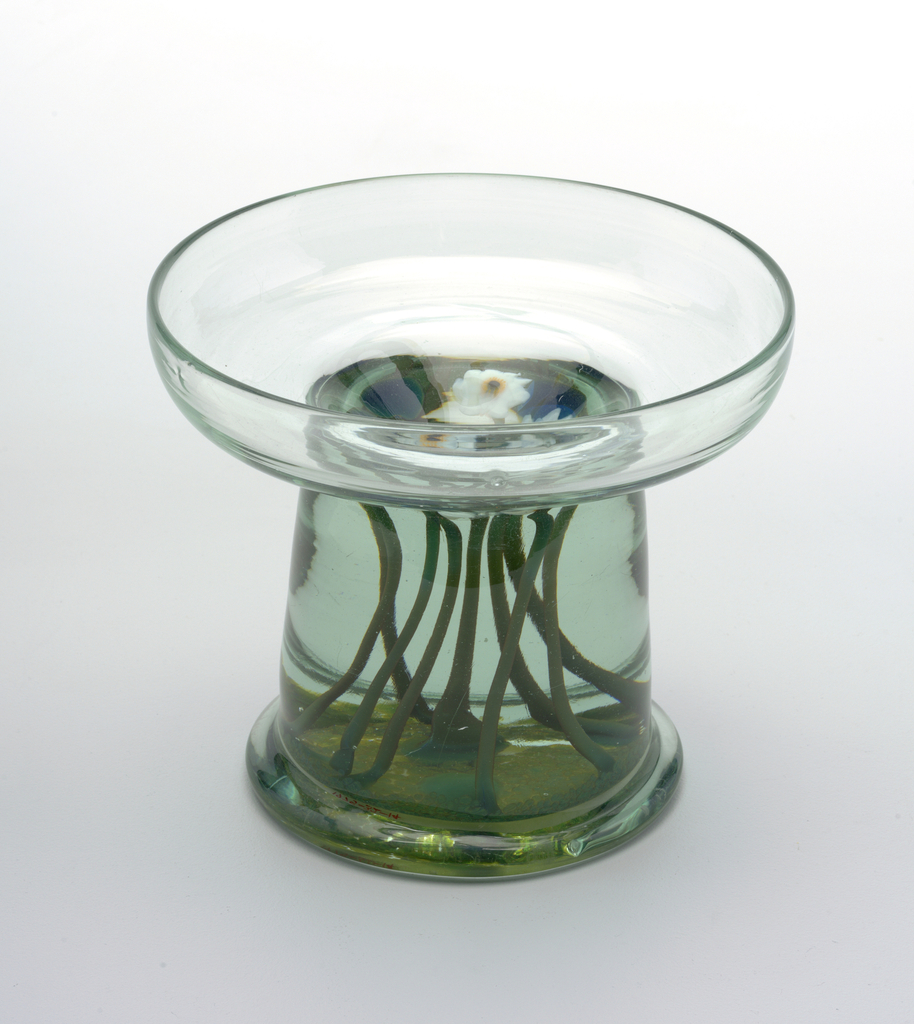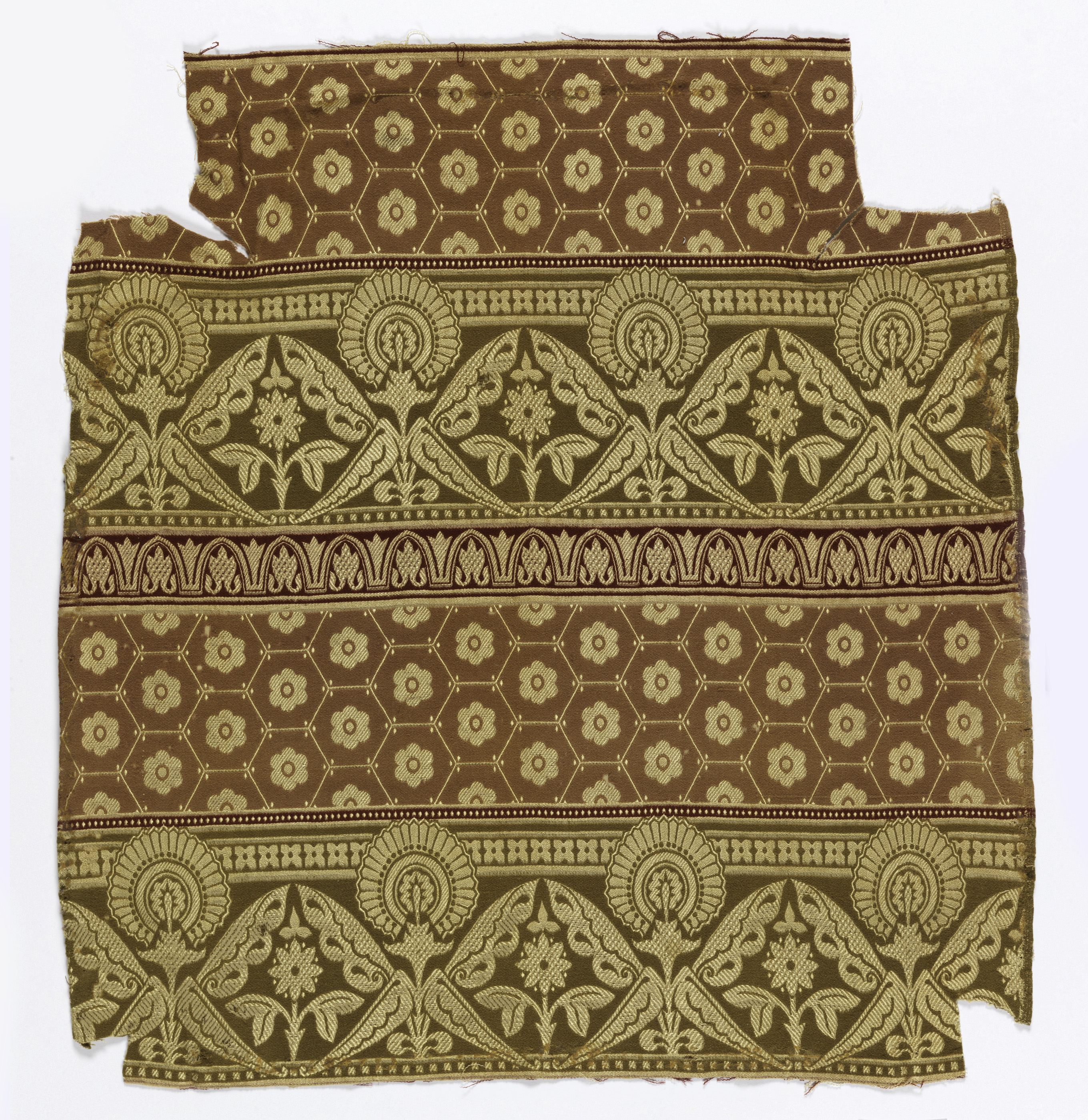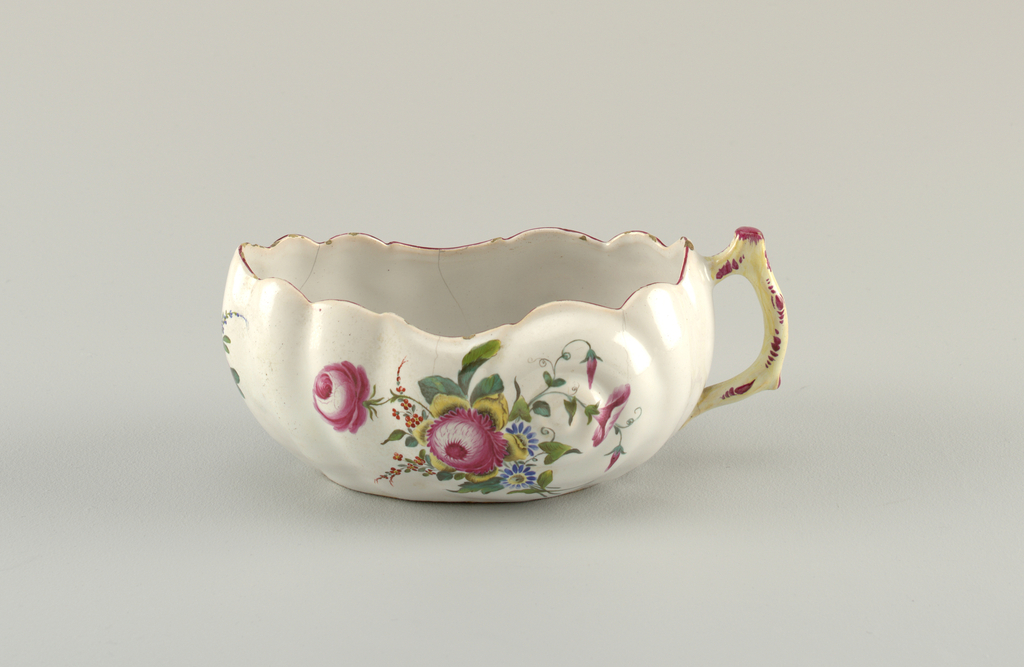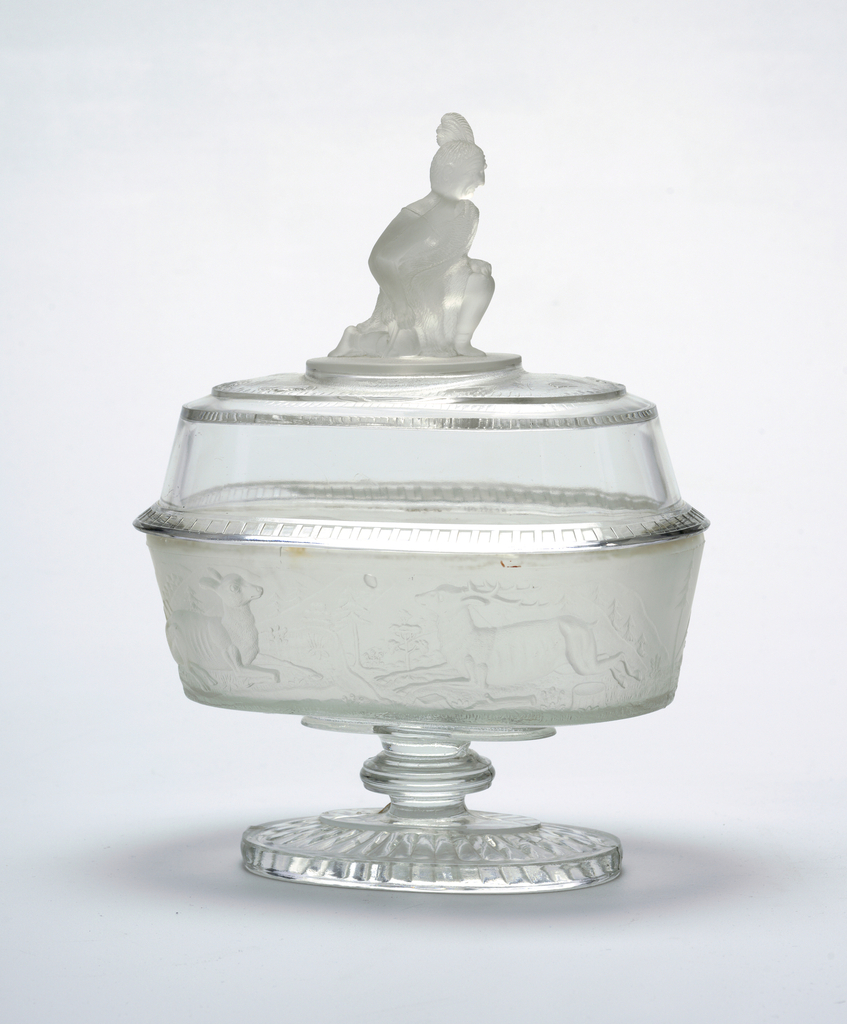Lithe and resplendent, a maze of branches weaves its way across the composition of this lightly colored fusuma paper. In Japan, fusuma are sliding panels that can serve as walls or doors inside the home. Scattered along each bough are a multitude of delicately rendered flowers whose petals invite the eye to linger on their...
This post was originally published on December 12, 2015. The French designer Edgar Brandt spurred a revival of interest in interior furnishings made of iron in the 1920s. His participation in the 1925 Paris Exposition won him great praise. Brandt’s ironwork was admired throughout the fair; he designed the gates of the front entrance, his...
Tiffany & Co. exhibited an extraordinary mixed metal vase at the Paris 1889 Universal Exposition. Created from a layered block of 24-karat gold, silver, and copper, it was 32 inches high, priced at $5000, and the largest known object ever made using the Japanese technique of mokumé. “The most remarkable triumph of Tiffany & Co....
The Grueby Faience Company was founded in Revere, Massachusetts, in 1897. Grueby quickly grew in popularity and soon collaborated with Tiffany and Co. to produce ceramic lamp bases. Best known for their creation of a distinctive forest-green glaze, Grueby used this colorway on their iconic vases and tiles. Grueby garnered many awards, including accolades from...
The Egyptian motif of the scarab, a symbol of self-renewal, experienced great popularity in the late nineteenth and early twentieth centuries. Thousands of glass scarabs were produced by at Tiffany’s Corona factory and inset into jewelry, metalwork, and ceramic vases, as seen here. Tiffany’s Favrile pottery is known for its unique color effects, created by...
“Can you help us in identifying where our birds were made?”[1] This inquiry is one of numerous others regarding two fowl from a 1968 letter from Catherine Lynn Frangiamore, then an assistant in the Department of Decorative Arts (now Product Design and Decorative Arts) at Cooper Hewitt, to Lino Sandonnini, then director of the Museo...
Bonad or bonader is a type of folk art once produced in large amounts in southern Sweden in the regions of Dalarna and Småland. At first bonad were paintings on textiles meant to imitate tapestries and the wall hangings of the elite, but in the late 18th century they were produced increasingly as paintings on...
It isn’t every day that you can admire a piece in a museum and then use it to eat your dinner later that night. But the artist of this dinnerware set, Eddie Dominguez, strives for both artistry and functionality in his pieces. While these pieces look like a tromp l’oeil painting or a sculptural installation...
This tile features an image of the Hartt House on Hull Street in Boston, Massachusetts. The tile is part of a “Boston” set created at the Paul Revere Pottery that depicted old and famous buildings around the Boston area. The outlines of the buildings were incised in the clay when it was still soft and then...
This gilded goblet was made for a special dinner in honor of Andrew Carnegie given by the Engineers’ Club of New York on December 9, 1907. The name of the club and the date of the dinner can be seen along the edge of the goblet’s base. Carnegie had donated $450,000 for the organization’s new...
In July of 1913, Arthur Sanders, a gaffer at Tiffany Studios, was sent on a dream of a business trip. He traveled to Hamilton, Bermuda to study marine life through a glass-bottomed boat. Sanders observed the beauty of the underwater world so that he could later reproduce it in glass when back in Corona, New...
Christopher Dresser, a disciple of Owen Jones, was an early design reformer and is considered by some to be the first industrial designer. In addition to designing wallpapers, textiles, carpets, ceramics, and metalwork for a wide variety of European and American manufacturers, he published several influential books, including The Art of Decorative Design (1862), Principles...
At first glance, you might think this is a sauce bowl or pitcher used at the dinner table. However, it is something quite different all together, and would most definitely be an unwelcome addition to a table spread. The bourdalou, in fact, was a type of chamber pot that was specifically used by women up...
In the mid-1820s, the development of press-molding radically changed the American glass industry, increasing output and bringing affordable decorative glasswares within the reach of a broader consumer market. In this new production process, workers placed gathers of molten glass in a machine press and applied pressure, forcing the glass into the contours of a mold....
The French designer Edgar Brandt spurred a revival of interest in interior furnishings made of iron in the 1920s. His participation in the 1925 Paris Exposition won him great praise. Brandt’s ironwork was admired throughout the fair; he designed the gates of the front entrance, his work featured in Ruhlmann’s pavilion, and he staged an...
